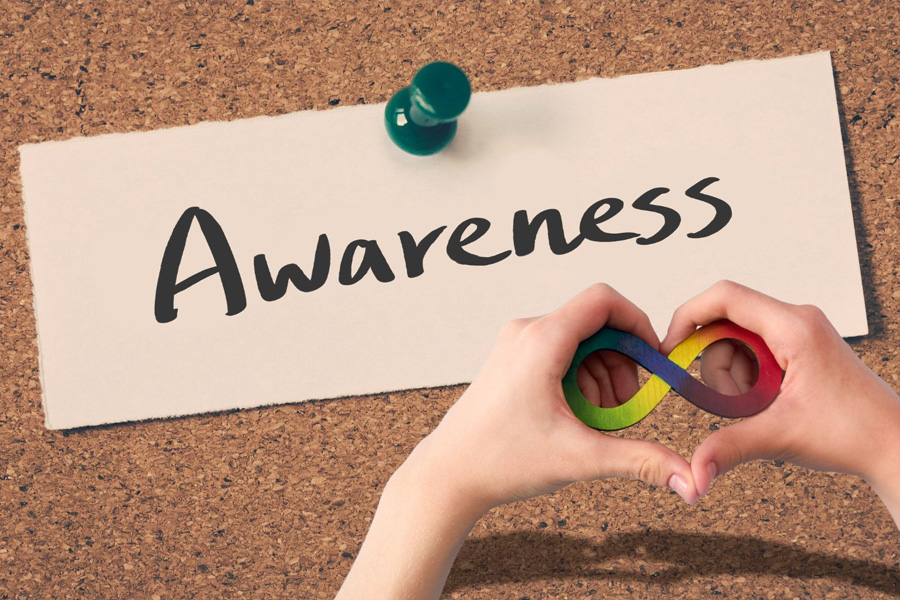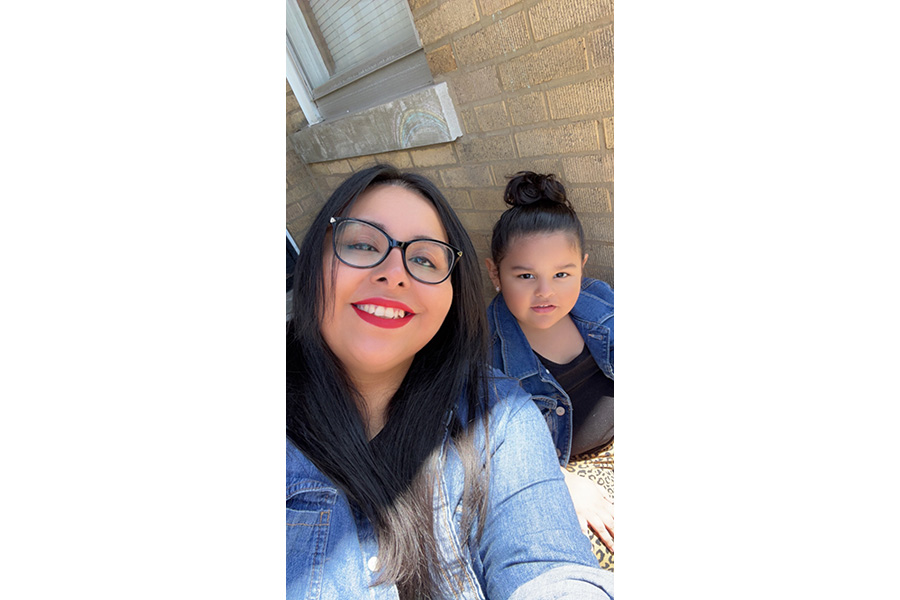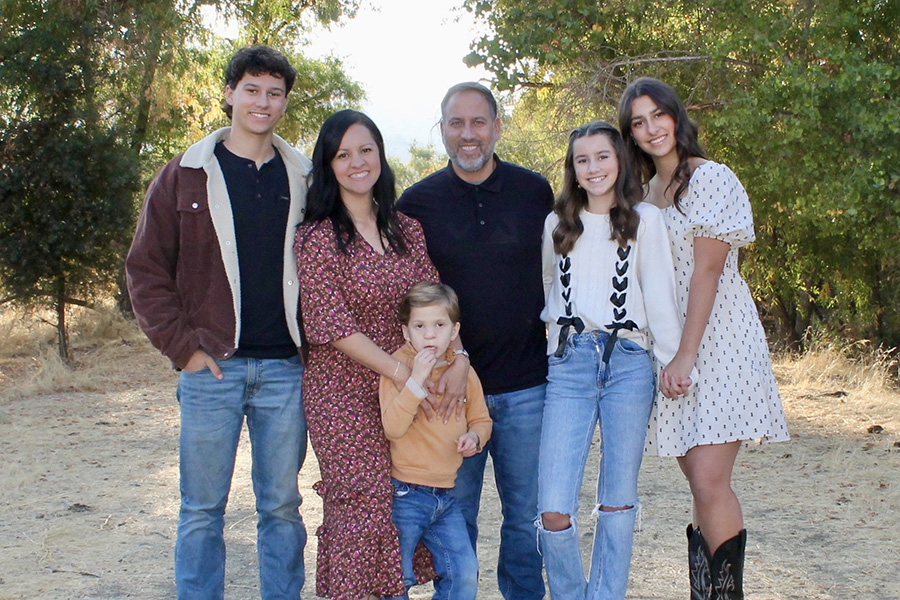The more I share my story, the more I learn how risky it is to do so. I’ve figured out that leaving out certain details like my son has had cancer and my daughter died, makes it smoother. Still, I know there’s a point each time I meet a new person when their face will change, they’ll shut down, and I’ll be sidelined for making them uncomfortable.
My life makes people feel uncomfortable, just by speaking my truth.
I’ve learned to cover for it, by keeping a straight face with no tears or crack in my voice. Strangely, that seems to make it worse. It seems the only thing more awkward than sitting through a heartwrenching story is when the teller has trained herself to keep her emotions in check.
On rare occasions, though, I meet another who can deal with whatever I throw at them. Sometimes I get so giddy with it that I throw out unnecessary details to test them. There is nothing greater in my life than finding someone who has mastered the art of Empathy.
Empathy vs. Sympathy
For those unfamiliar, a quick summary of empathy, it’s choosing to step into the shoes of another, to see them as they are and honor their story with more questions or quiet. Sympathy is empathy’s immature sister in bright red lipstick and too much eyeliner. It looks like trying to compare stories, gushing at a person sharing over how their story affects you and giving advice. Sympathy focuses on the discomfort of the listener and tries to ease it, empathy focuses on the discomfort of the speaker and knows it can’t ease it. By using empathy and knowing that you cannot ease the pain of another, you can make them heard, which lightens their load.
How to be More Empathetic
If you find yourself more sympathetic than empathetic, the good news is that you can change. Switching from sympathy to empathy takes a change of focus, plenty of humility, and practice. The first step is to catch yourself in the sympathy mode. If you realize you’re comparing stories, trying to give advice, using the catchphrases “at least” or “just” you’re in sympathy mode. Catch it, stop it, and turn it around. Please understand that we’ve received and probably tried almost all possible advice, taken care of others when they express heartbreak over our own lives and been “one-upped” by countless stories of others. Cliches and pat answers are just as bad. When you feel like you’re drowning in chaos and can’t handle anything, being told that “God won’t give you more than you can handle” sounds trite and dismissive.
Moving into empathy means asking questions, listening without interrupting, and focusing on the speaker, not on your response, or often admitting you don’t know what to say. Instead of seeking to ease your discomfort, you sit in it with them in it, knowing that it’s only a tiny portion of their own. You choose to walk with them for a few steps, side by side, knowing you can’t carry the load, but that your presence matters all the same.
You most certainly won’t master empathy on your first try, but if you pay attention and learn as you go, you’ll get there.

Alethea Mshar is a Special Needs Mom and Blogger.
Read her blog, Ben’s Writing, Running Mom
Follow her on Facebook















